Have you ever had the experience of being lost on a road and frantically looking for a sign to give you direction? Whether it is a road sign, warning sign, or a different kind of sign, signs are important.
The church has always had signs. The most important sign of the church is the cross. Another important sign, or symbol, for the church are ashes. Ashes symbolize repentance (we’ll look at this more in just a bit). These two, cross and ashes, mark the beginning of Lent and signal a time of intense spiritual reflection and renewal.
For most people coming from a Protestant background, an Ash Wednesday service and the season of Lent are quite foreign and somewhat threatening. The Advent and Christmas cycles are much less threatening because Christmas themes are so prevalent in our culture. Also because the secularization of Christmas is so apparent, most Christians are attracted to the possibility of rising above the materialism of the Christmas culture. Consequently, many Protestant churches now practice Advent. But Lent is another matter. Lent appears to be dark and foreboding. It reminds Protestants of the Roman Catholic practices—ritualism, works, fasting, vigils, and the like. Haven’t we been saved from all of that? Didn’t the Reformers free us from having to do works and pilgrimages and such things?
But maybe we should ask: Does something lie behind the symbol of ashes on a forehead that has the potential to make our journey into Easter more meaningful? After all, what do we do in order to prepare for Easter? Most Protestants don’t make any spiritual preparation for the annual celebration of the death and resurrection. Think of it this way: if you are married, how long did you take to prepare for your wedding? Months . . . years? You had to book a venue, book the florist, book the photographer. You had to find the perfect wedding dress and tuxedo. You had to book the honeymoon and a thousand and two other details. Now, think about how long you normally take to prepare for the celebration of Easter, which is the greatest event of all time—yes, even greater than your wedding.
Ash Wednesday serves as the starting point for the season of Lent, the season designed to prepare us for celebrating the resurrection of Jesus Christ at Easter.
To be clear, the Scriptures do not prescribe the keeping of Ash Wednesday as a specific holy day. But there are signs in Scripture that are used on Ash Wednesday.
The first is the sign of the CROSS. The origin of the sign of the cross goes back to the early church and expresses the self-denial that is associated with Jesus. In the early church the sign of the cross accompanied sacred actions, such as baptism. Baptism, like the cross, is the way of death. What is brought to death is the old life, the old way, the influence of the powers of evil. So the sign of the cross, used in the Ash Wednesday service symbolizes a willingness to put to death a life lives after the flesh and a willingness to follow Jesus, even to death.
The second sign of Ash Wednesday is ASHES. We’ve seen ashes placed on foreheads (configured into the sign of the cross). In Scripture, ashes are a sign of repentance. When Daniel discovered the impending desolation of Jerusalem, he “turned to the Lord God and pleaded with him in prayer and petition, in fasting, and in sackcloth and ashes.” (Dan 9:3; see also 2 Sam 13:19; Job 42:6; Esth 4:1).
The ashes used in the imposition traditionally come from the burning of the palm branches from the year before. Ashes are applied to the forehead of Christians in the sign of the cross (throughout the Middle Ages ashes were sprinkled on the head) as a symbol of humility and repentance. The ashes are a reminder that we are . . .
"dust and to dust you shall return." Genesis 3:19
Thus, they are a reminder of our mortality cursed as it is by sin. Moreover, the ashes remind us of our limits, of what we are, and how greatly we need God's mercy in Christ.
We don’t wear ashes to proclaim our holiness but to acknowledge that we sin and are in need of repentance and renewal. When we come forward to receive ashes on Ash Wednesday, we are saying that we are sorry for our sins, and that we want to use the season of Lent to correct our faults, purify our hearts, control our desires and grow in holiness so we will be prepared to celebrate Easter with great joy.
With this focus on our own mortality and sinfulness, Christians can enter into the Lent season solemnly, while also looking forward in greater anticipation and joy of the message of Easter and Christ’s ultimate victory over sin and death.

